Taking fast action after water damage or a flood is critical to preventing further property damage. Without immediate emergency service, you risk long-term issues like mold damage, weakened structures, or even the need for full disaster restoration. That’s why homeowners and property owners across Upstate South Carolina trust Rehab Restoration. Our certified technicians use state-of-the-art tools and technology for everything from water damage cleanup to mold remediation — restoring your space safely, thoroughly, and back to its original condition.

Our team is made up of IICRC-certified technicians trained in the latest restoration protocols. We use state-of-the-art moisture meters, dehumidifiers, and extraction tools to address even the most complex water damage scenarios. With certified professionals on every job, we aim to restore your property and provide the peace of mind you deserve.
Our proven mitigation process stops damage fast and protects your investment. From initial assessment to final repairs, our experienced restoration specialists work diligently to return your home or business to its original condition — safely, efficiently, and thoroughly.
We also offer additional services for related issues, including fire damage restoration, smoke damage cleanup, and storm damage repair, ensuring your entire property is protected and restored no matter the cause.

When it comes to water damage restoration, Upstate South Carolina residents turn to Rehab Restoration for more than just quick fixes. From Greenville to Simpsonville, our reputation is built on reliable service, expert care, and helping people feel confident again when disaster strikes.
Our team is made up of IICRC-certified and highly trained restoration specialists who understand the unique challenges of water, mold, and fire damage in our region. We use state-of-the-art tools like industrial dehumidifiers and moisture meters to ensure every job is done right.
We know water damage can’t wait. That’s why we provide 24/7 emergency response to minimize loss and protect your home or business when time matters most.
Navigating insurance claims can be overwhelming — we help with documentation, communication, and coordination with your insurance company, making the process smoother for homeowners and property owners alike.
From water mitigation to full property restoration, we don’t just clean up — we restore everything back to its original condition, so you can move forward with confidence.
We’re not a distant call center — we’re a local restoration company that proudly serves Greenville, Spartanburg, Pickens, Greer, and other surrounding areas. Our commitment is to our neighbors, not just the next job.
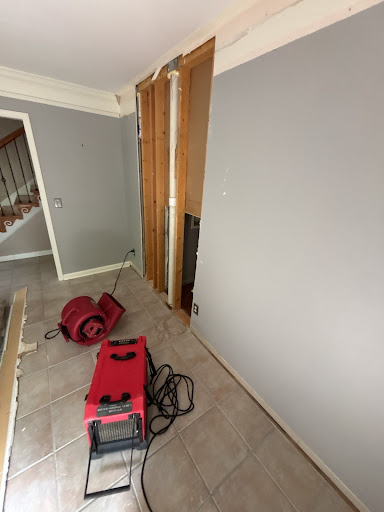
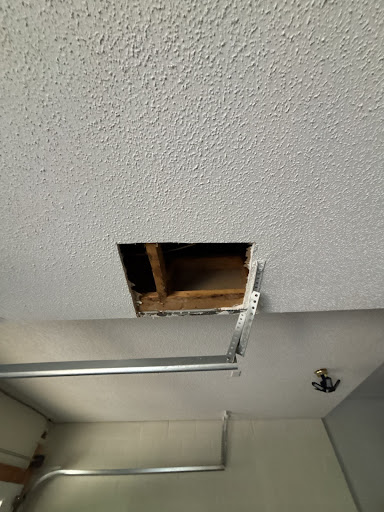
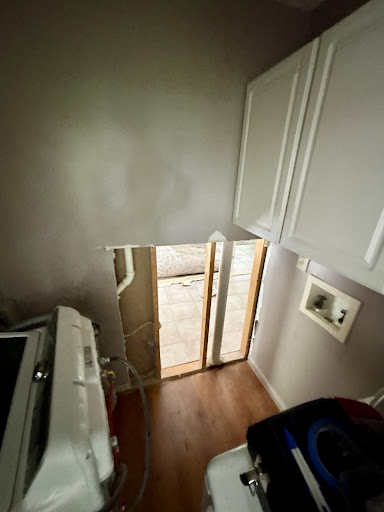
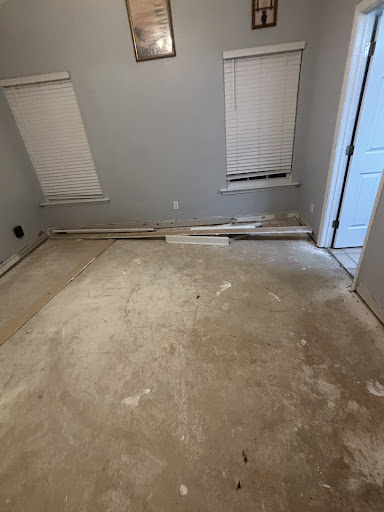
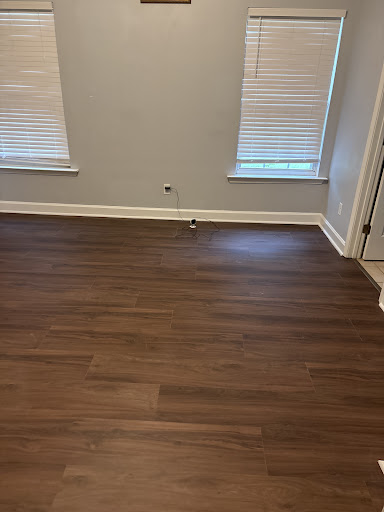
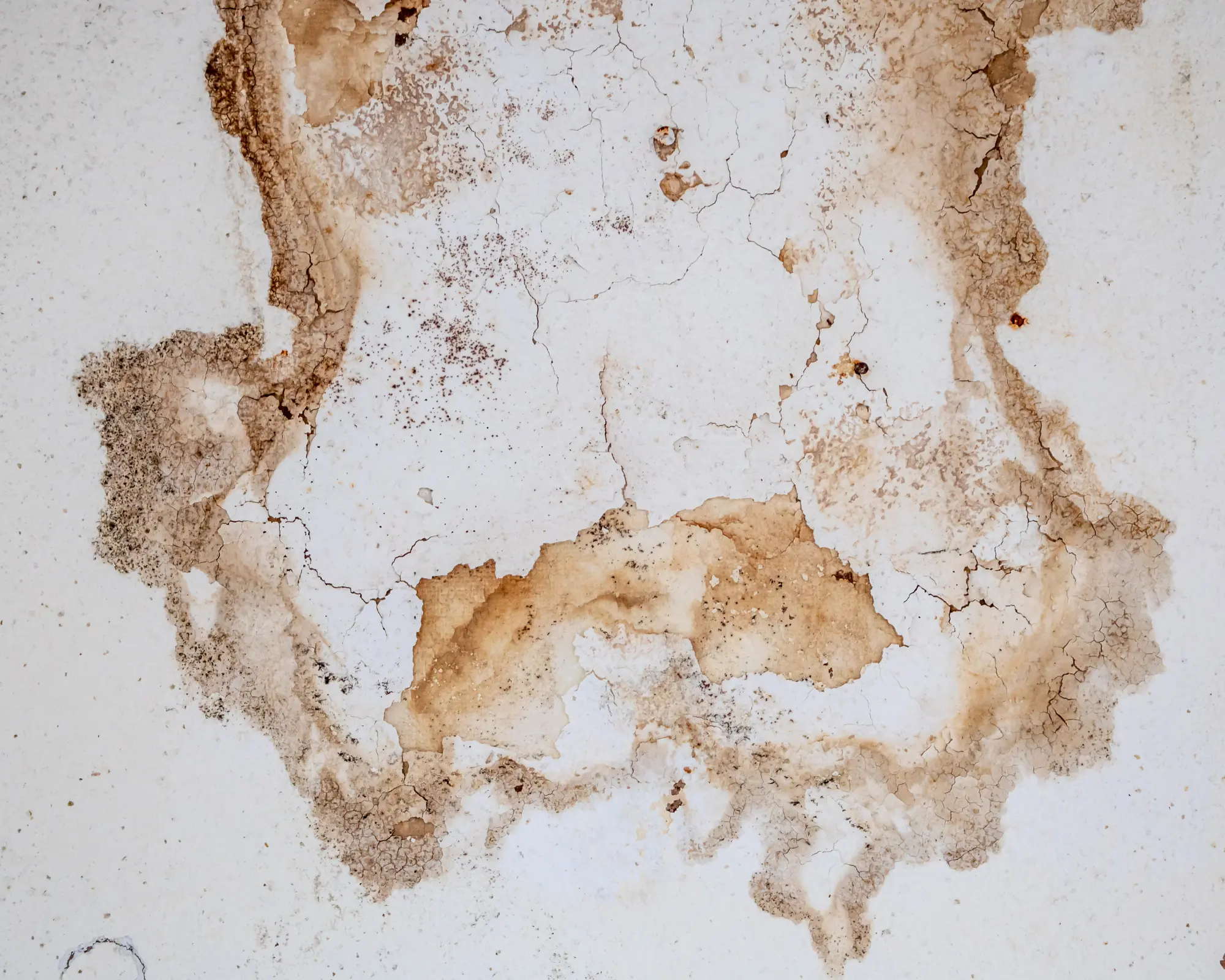
Clean Water Damage: This is caused by “clean” water from rain, condensation, leaky pipes, or drinking water lines. Although this type of water damage doesn’t pose an immediate health threat, it can lead to mold and other issues if not addressed promptly.
Grey Water Damage: Grey water refers to slightly contaminated water that can cause illness if ingested. This type of water comes from sources like washing machines, dishwashers, or sinks. Like clean water damage, it can lead to mold and other structural issues if not treated.
Black Water Damage: This is the most dangerous type of water damage and is caused by highly contaminated water that can cause severe illness or death if ingested. Sources of black water include sewage, seawater, rising flood waters from rivers or streams, or ground surface water flowing horizontally into homes.
Secondary Damage: Secondary water damage is a subsequent damage that can occur days or weeks after the initial water intrusion if the initial water damage is not properly remediated. This includes mold growth, wood rot, peeling paint, wallpaper, and flooring or wall buckling.
Catastrophic Damage: This type of water damage occurs due to natural disasters like floods, hurricanes, or major storms, and can lead to extensive property loss.
Each type of water damage requires a different response and restoration method. Contact one of our professional water restoration experts today to identify and properly treat the water damage you may be dealing with.
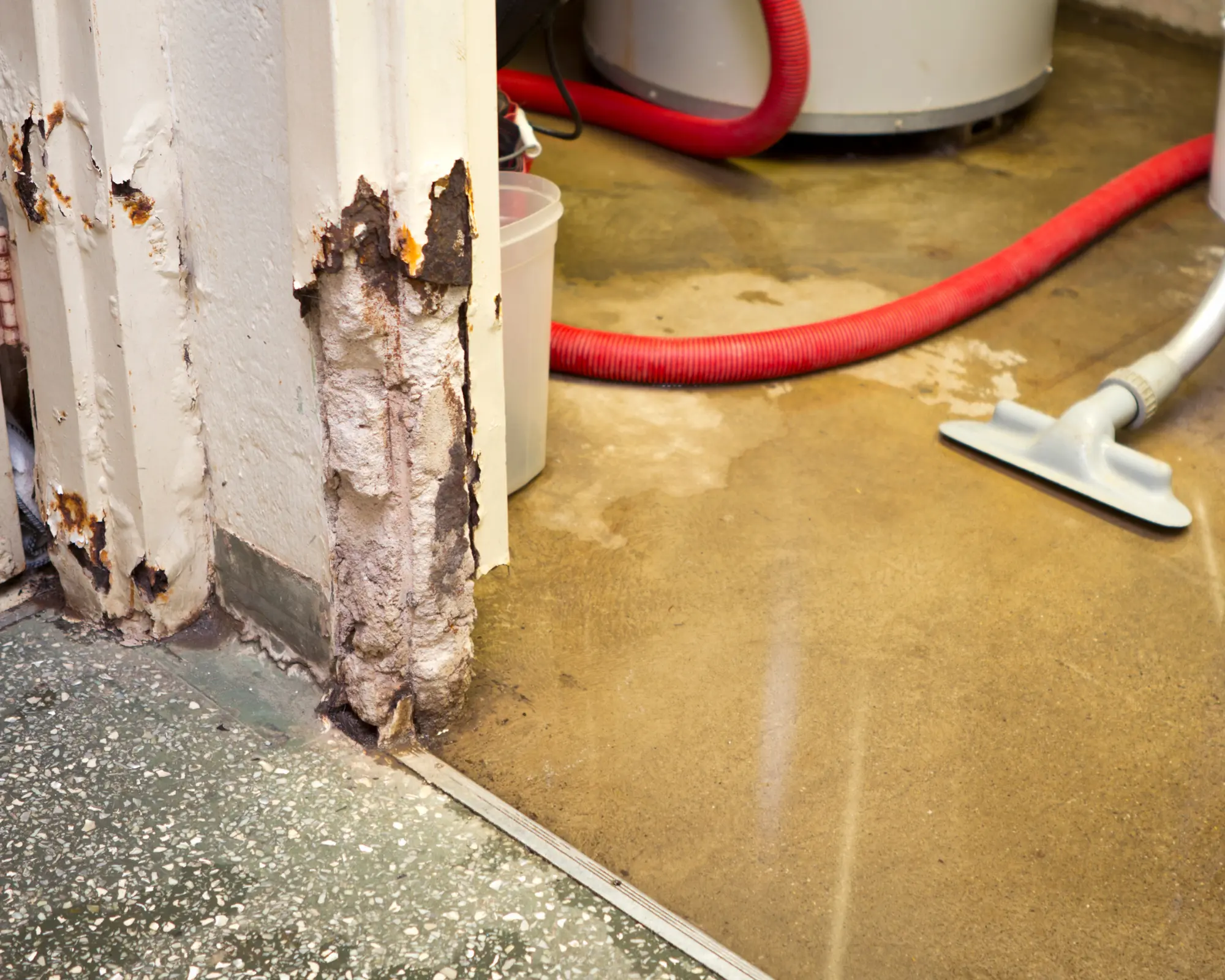
Mold and Mildew: The dampness and humidity caused by water damage create ideal conditions for mold and mildew to grow. These fungi can cause allergies, trigger asthma attacks, and lead to other respiratory problems. Some molds, like black mold, can produce toxins that can lead to severe health issues, including neurological problems and in extreme cases, death. See what types of mold there are to help you identify what is in your home or book our mold removal services to keep your home safe.
Contaminated Water: If the water damage is due to contaminated water, such as sewage backflows or flood waters, it could contain harmful bacteria, viruses, and parasites. Contact with or accidental ingestion of this water can cause illnesses such as gastroenteritis, skin infections, and hepatitis.
Structural Safety Hazards: Water damage can weaken building materials, leading to structural instability. Ceilings, walls, and floors can become unsafe, possibly leading to injuries.
Electrical Hazards: If water comes into contact with electrical systems, there’s a risk of electrocution and electrical fires.
Chemical Hazards: In some instances, water damage may cause harmful chemicals to be released from building materials or household products, which can lead to various health effects.
Given these risks, it’s crucial to address water damage immediately and professionally, ensuring all remnants of moisture and contamination are thoroughly dealt with.

Water damage in a home can manifest in several ways, and it’s important to recognize these signs early to prevent further damage. Here are some common signs of water damage:
Stains and Discoloration: One of the most obvious signs of water damage is discoloration on your walls, ceilings, or floors. This can appear as yellow, brown, or copper-colored stains.
Peeling Paint or Wallpaper: Water can cause paint or wallpaper to bubble, peel, or crack. If you notice these signs, especially in conjunction with other symptoms, it may indicate water damage.
Mold Growth: Mold thrives in damp environments, so its presence often indicates water damage. Mold can appear as black, white, green, or even red spots and can have a musty smell.
Unusual Odors: Persistent musty odors can be a sign of hidden water damage, especially if the smell gets stronger in certain areas of your home.
Warping or Buckling: Water can cause materials like wood and drywall to warp or buckle. If your floors, walls, or ceilings are not flat and smooth as they should be, this could be a sign of water damage.
Sagging Ceilings or Walls: Excess water can weigh down ceilings and walls, causing them to sag. This is a serious sign of water damage that requires immediate attention, as it could lead to structural failure.
Increased Utility Bills: An unexpected increase in your water bill could indicate a leak. If your usage hasn’t changed but your bill has gone up, it’s worth investigating for potential water damage.
Sound of Running Water: If you hear the sound of running water when all water sources are turned off, it could be a sign of a hidden leak.
Visible Leaks or Puddles: This is an obvious sign of water damage. If you see water where it shouldn’t be, such as puddles or dripping water, you likely have a leak.
Rust on Metal: If you see rust on metal fixtures, it could be a sign of excess moisture, indicating potential water damage.
If you notice any of these signs, it’s important to address the issue as soon as possible. Water damage can lead to serious structural issues and health problems if left untreated. Contact us today if you think you may have water damage within your home.
Water damage in a home can manifest in several ways, and it’s important to recognize these signs early to prevent further damage. Here are some common signs of water damage:
Stains and Discoloration: One of the most obvious signs of water damage is discoloration on your walls, ceilings, or floors. This can appear as yellow, brown, or copper-colored stains.
Peeling Paint or Wallpaper: Water can cause paint or wallpaper to bubble, peel, or crack. If you notice these signs, especially in conjunction with other symptoms, it may indicate water damage.
Mold Growth: Mold thrives in damp environments, so its presence often indicates water damage. Mold can appear as black, white, green, or even red spots and can have a musty smell.
Unusual Odors: Persistent musty odors can be a sign of hidden water damage, especially if the smell gets stronger in certain areas of your home.
Warping or Buckling: Water can cause materials like wood and drywall to warp or buckle. If your floors, walls, or ceilings are not flat and smooth as they should be, this could be a sign of water damage.
Sagging Ceilings or Walls: Excess water can weigh down ceilings and walls, causing them to sag. This is a serious sign of water damage that requires immediate attention, as it could lead to structural failure.
Increased Utility Bills: An unexpected increase in your water bill could indicate a leak. If your usage hasn’t changed but your bill has gone up, it’s worth investigating for potential water damage.
Sound of Running Water: If you hear the sound of running water when all water sources are turned off, it could be a sign of a hidden leak.
Visible Leaks or Puddles: This is an obvious sign of water damage. If you see water where it shouldn’t be, such as puddles or dripping water, you likely have a leak.
Rust on Metal: If you see rust on metal fixtures, it could be a sign of excess moisture, indicating potential water damage.
If you notice any of these signs, it’s important to address the issue as soon as possible. Water damage can lead to serious structural issues and health problems if left untreated. Contact us today if you think you may have water damage within your home.
It’s best to address water damage as soon as possible. Within 24-48 hours, mold can begin to grow, and the structural integrity of your home can be compromised. Review issues and problems that can grow overtime with water damage from the South Carolina Department of Health.
Coverage can vary depending on the source of the damage and your specific policy. It’s best to check with your insurance provider to understand what is covered. Progressive Insurance provides a good breakdown of how insurance covers water damage restoration.
The time for restoration can vary depending on the extent of the damage. It could take anywhere from a few days to a few weeks.
If the water damage is extensive or there is mold present, it may not be safe to stay in the home until the restoration process is complete.
At Rehab Restoration, we proudly provide water damage restoration services across Upstate South Carolina, helping homeowners and property owners recover quickly when disaster strikes. Whether you’re facing damage from a burst pipe, heavy storms, or an unexpected leak, our certified technicians deliver top notch and effective solutions tailored to your restoration needs. Backed by an experienced restoration company and equipped with state-of-the-art tools, we bring peace of mind to communities throughout the region.
Call us anytime — our team is standing by 24/7 to restore your property and peace of mind.